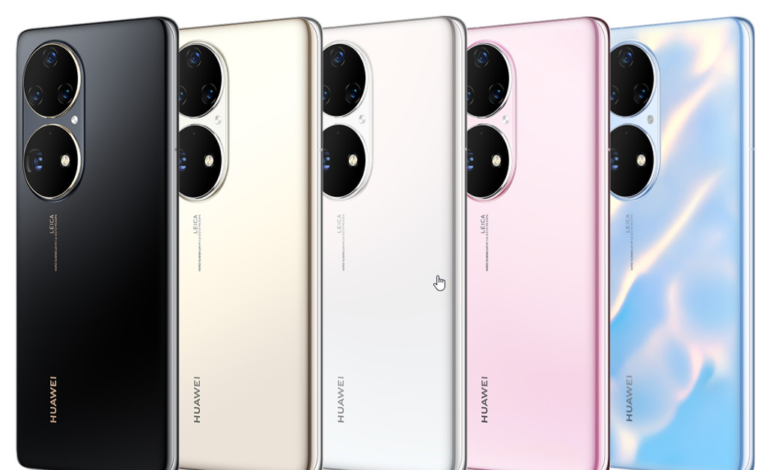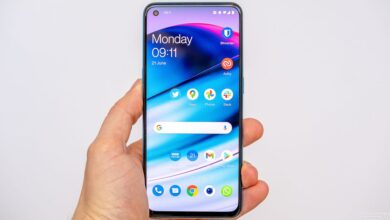Huawei’s P50 announced with Snapdragon 888 and HarmonyOS

Huawei has announced its latest flagship phones for the Chinese market, the P50 and P50 Pro. They’re the company’s first major phones to launch with HarmonyOS, the company’s own-branded mobile operating system, which they pair with Huawei’s typically well-specced cameras, and hardware that includes Qualcomm’s flagship Snapdragon 888 processor in some models.
The launch of the P50 series has come a little later in the year than the P40 did in 2020, thanks to US sanctions which have seriously impacted Huawei’s ability to produce new phones, and restricted its ability to buy chips and other components from companies using US tech. When he first teased the phones last month, Huawei’s consumer business CEO Richard Yu said that a launch date hadn’t been set at the time “for reasons you are all aware of.”
These sanctions mean that like other recent Huawei phones, the P50 series won’t include Google’s apps and services if it ever releases outside of China. In fact, according to Huawei, the P50 doesn’t run Android at all, thanks to its own HarmonyOS software. The extent to which HarmonyOS is actually distinct from Android is a point of some contention, however, following reports that it’s effectively a fork of Android’s open-source code.
:no_upscale()/cdn.vox-cdn.com/uploads/chorus_asset/file/22747894/msedge_cpBid3DGiv.png)
US sanctions have meant that not every P50 uses Huawei’s own Kirin chips. The P50 and one version of the P50 Pro use Qualcomm’s Snapdragon 888 processor, according to spec sheets on the company’s site. Qualcomm was granted permission to sell chips to Huawei last year. There’s also a version of the P50 Pro shown with Huawei’s own Kirin 9000 processor. Both phones are listed as 4G, with no mention of 5G support. The P50 Pro is available with either 8 or 12GB of RAM with up to 512GB of internal storage, while the P50 is available with 8GB of RAM and up to 256GB of storage.
The P50 Pro has a 6.6-inch 120Hz 1228p OLED display, while the P50 has a slightly smaller 6.5-inch 90Hz 1224p OLED display. The P50 Pro has a 4,360mAh battery, compared to a 4,100mAh battery in the P50. Both can be fast charged wired at 66W, and the P50 Pro can be wirelessly charged at 50W. There’s an IP68 rating for dust and water resistance.
If Huawei’s recent flagships are anything to go by, it’s the P50 series’ cameras that’ll be their most interesting feature. Housed within two circular camera bumps, the P50 Pro has four rear cameras — a 50-megapixel main, 64-megapixel telephoto with a 3.5x optical zoom, a 40-megapixel monochrome, and a 13-megapixel ultra-wide. The P50 has a similar camera bump, but it has one fewer camera lens. It has a 50-megapixel main camera, a 12-megapixel telephoto with a 5x optical zoom, and a 13-megapixel ultra-wide. Both have 13-megapixel selfie cameras.
The P50 Pro starts at 5988 yuan (around $927) for a model with 8GB of RAM and 128GB of storage and will go on general sale in China on August 12th. The P50 starts at 4488 yuan (around $695), also with 8GB of RAM and 128GB of storage, and will go on sale in Sepetember. It’s unclear if or when they’ll receive a release outside of China.
Source link




